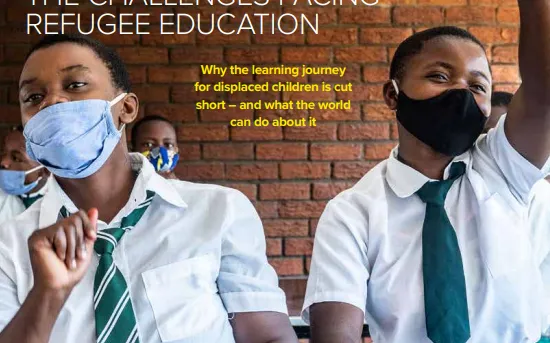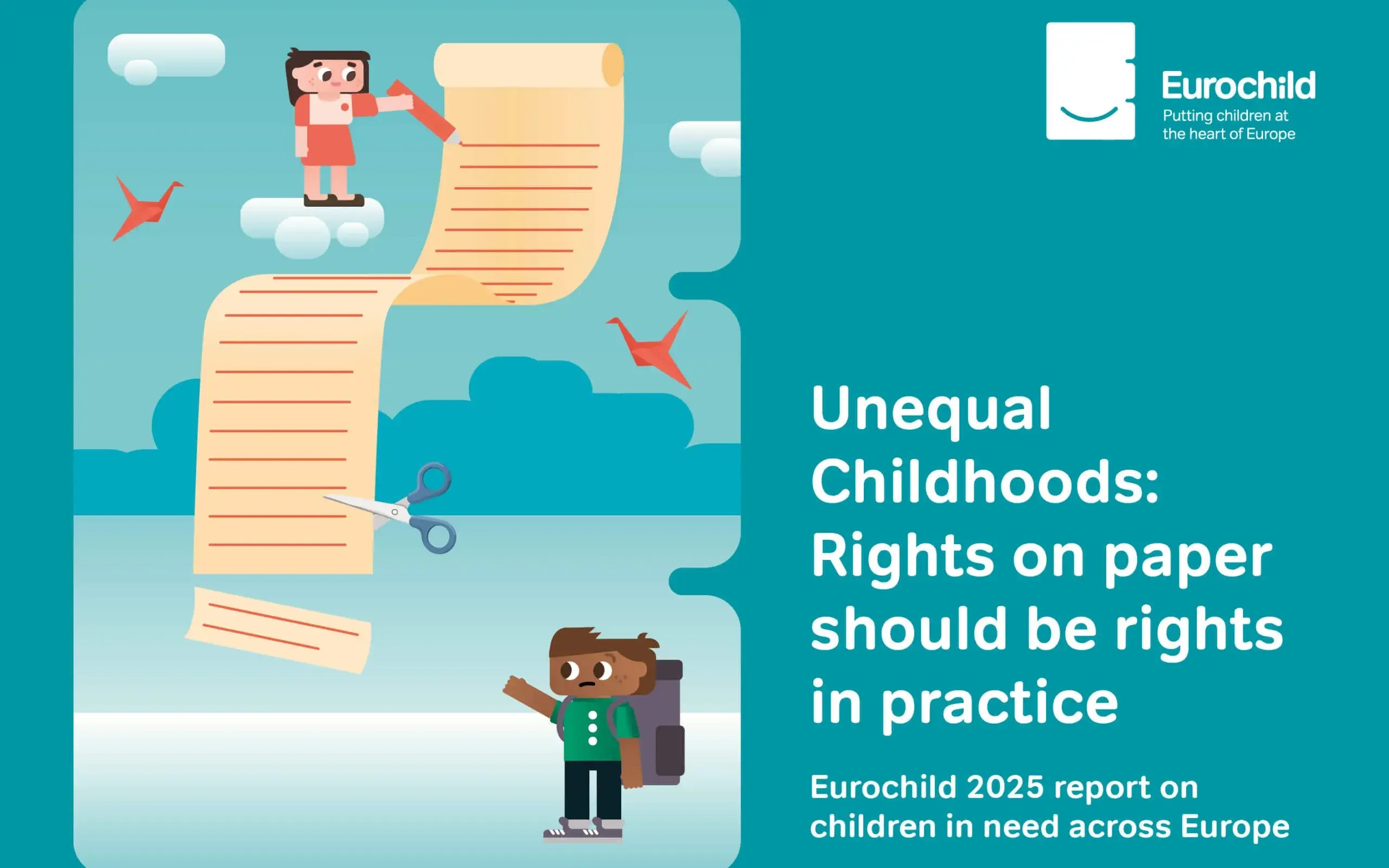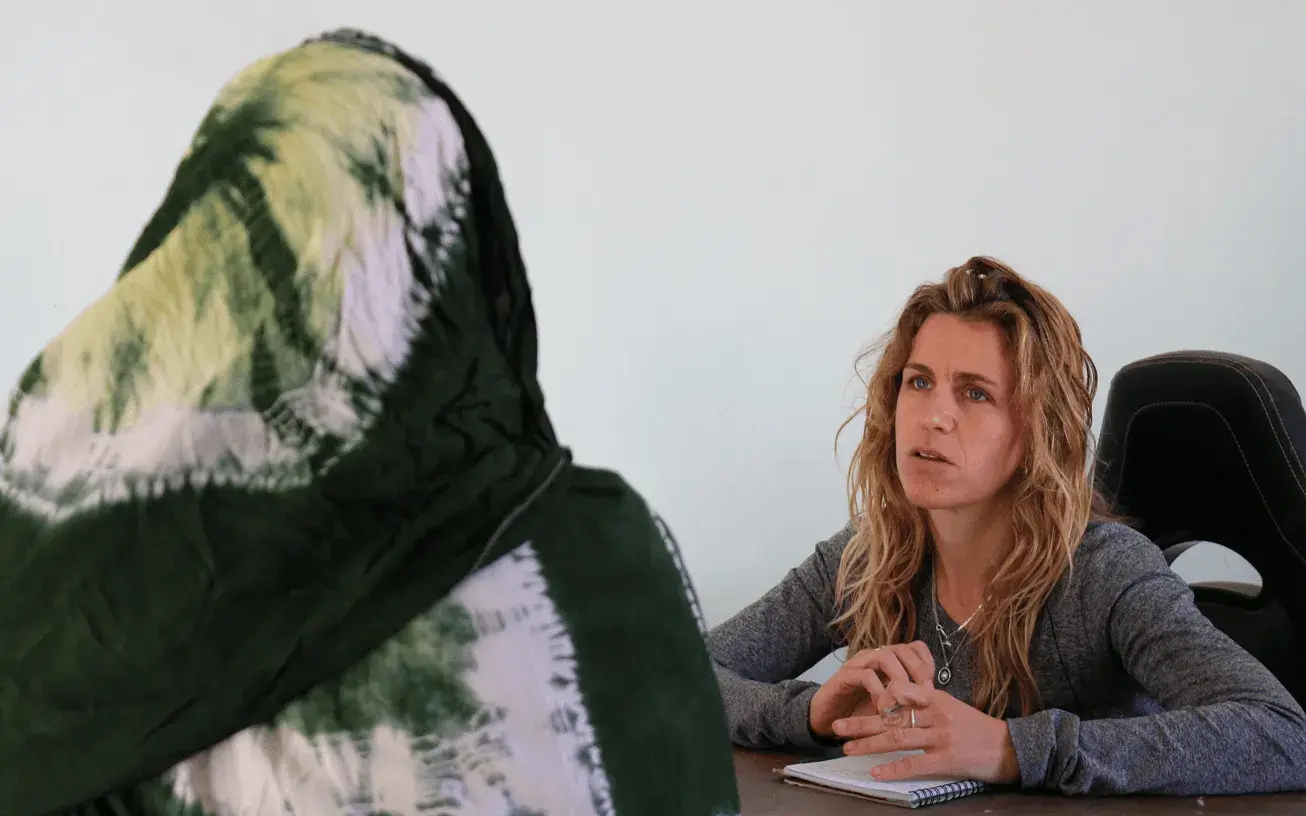This year’s UNHCR Education Report focuses in particular on secondary education, the crucial yet critically under-resourced stage for refugees towards greater independence and improved prospects in life.
UNHCR has launched an Education report that calculate the number of out-of-school refugee children and the situations faced by these children. Data has been collected through UNHCR regional bureaux and country operations and is representative of the academic year 2019-2020; however, for 2020, country operations have been asked to report on data prior to March 2020, when most school closures began as a result of the pandemic.
Main findings on refugees children access to education
The report estimates that from 2018 to 2020, an average of between 290,000 and 340,000 children were born into a refugee life per year. So, in this period, almost a million children were born as refugees.
Children account for 30 per cent of the world’s population, but 42 per cent of all forcibly displaced people. This continued rise in the global forcibly displaced population means that close to half of all refugee children, 48 per cent, remain out of school.
Enrolling 300,000 additional children each year requires 6,000 classrooms and the recruitment of 10,000 additional teachers, based on a ratio of 50 pupils per classroom and 30 pupils per teacher.
The most comprehensive data analysis UNHCR has yet carried out on refugee education reveals stark differences in school enrolment across the world, with rates in Sub-Saharan Africa well ahead of those in Asia and the Americas.
The impact of Covid-19
The impact of COVID-19 on their lives will be profound. UNESCO estimates that more than 1.5 billion learners have been affected by the closure of their school or university since the start of the pandemic.
Four priority areas to give refugees the future they deserve
The report also calls for action by governments and proposes four measures:
- Ensure the right of all children, including those in crisis-affected contexts, to access secondary education.
- Provide dedicated, multi-year financing for secondary education.
- Ensure that adolescent girls enjoy the life-changing benefits of secondary education.
- Ensure that quality secondary education equips young people with the skills they need.







Add new comment